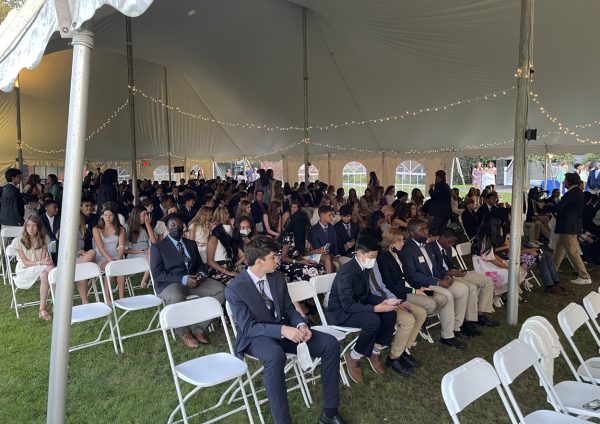Women of Color Reshape American Politics
Harris wore white during her victory speech, a reference to the women’s suffrage movement as a symbol of moral purity.
In 1916, four years before women won the right to vote, the first woman was elected to the House of Representatives. Jeannette Rankin said, after winning the election, “I may be the first woman in Congress, but I won’t be the last.” There are now 127 women in Congress.
This month, Kamala Harris became the first female, the first South Asian, the first person of color, and the first child of immigrants to ever be elected vice president of the United States. Echoing Rankin’s words, Harris said in her victory speech, “While I may be the first woman in this office, I won’t be the last. Because every little girl watching tonight sees that this is a country of possibilities.” Harris winning is a testament to the persistence, struggles, and rise of women in American politics.
According to Rutgers University, from 1872, when the first woman, Victoria Claflin Woodhull, ran for President, to today, there have been 34 women who have run as presidential and vice presidential candidates. Currently, women make up 23.7% of Congress and, although this number is the highest percentage in history, the House of Representatives is not representative of the U.S. population.
Regardless of their talent, expertise, and experience in politics and in leading society to a better future, America has never given women an opportunity in the executive office…up until now. It truly is a time to celebrate the victory of not only Kamala Harris, but of all women.
During her speech, Harris wore a white pantsuit – a powerful reference to the women’s suffrage movement, which encouraged supporters to wear white. Paying tribute to the suffragettes, she said, “Tonight I reflect on their struggle, their determination, and the strength of their vision to see what can be, unburdened by what has been. And I stand on their shoulders.” She also carries on the legacy of Shirley Chisholm, the first African American woman elected to Congress, Geraldine Ferraro, first female vice president nominee, and Hillary Clinton, all of whom wore white when accepting their nominations, proving to America that Harris is not the only one, but rather a part of a vision greater than she.
As the child of an Indian mother and Jamaican father, Harris, as a child, was well aware of racial injustice in this country. She attended Howard University, a prestigious historically Black college and then became the state attorney general of California. In 2016, Harris became the first female, Black, and South Asian Senator from CA.
Finland, Germany, India, New Zealand, and the United Kingdom have all elected women to their highest offices. The 2020 election marks the beginning of a new era in U.S. history, when the United States finally gives women an opportunity to serve as Vice President. Harris said, “Generations of women – Black women, Asian, white, Latina and Native American women – throughout this nation’s history have fought to pave the way and sacrificed to help this nation come closer to realizing the values of equality, liberty and justice for all.”
We should all see past the differences between men and women and begin to look at all people as members of the same humanity. Female leaders face the challenge of navigating the public’s expectations that they express “feminine” qualities, such as warmth and compassion, in order to be seen as good women, but also “masculine” traits, such as ambition and leadership, in order to be seen as good candidates.
Sandra Day O’Connor, the first woman to serve on the Supreme Court; Janet Reno, the first female attorney general of the United States; Madeline K. Albright, the first female secretary of state; Nancy Pelosi, the first female speaker of the House; and Margaret Chase Smith, the first woman to be nominated for President by a major political party, have all taken steps towards bringing American ideals of liberty and equality to reality. From a time when a woman could not vote, to today, where a woman will help lead our nation out of dark times – yes, America has come a long way. But our journey does not stop here, indeed, it will never end until diversity in political leadership is normal.





